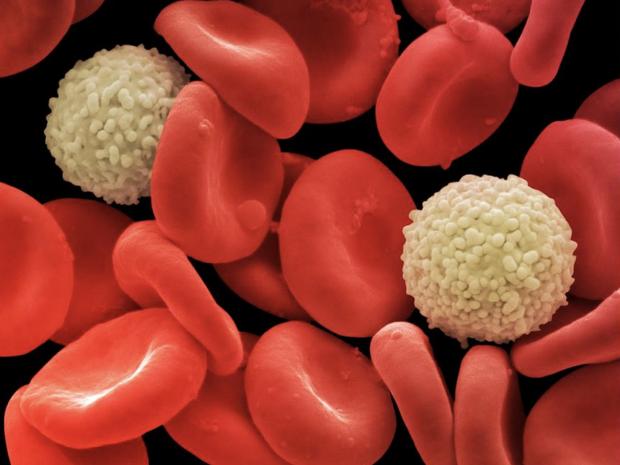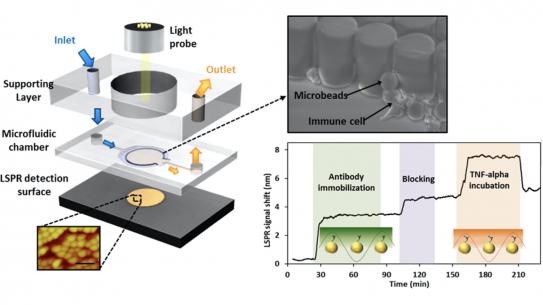Advanced Blood Biomarker Analysis for Systemic Inflammatory Disorders

Speaker:
Katsuo Kurabayashi, PhD
Professor of Mechanical & Electrical Engineering and Computer Science
University of Michigan, Ann Arbor, MI
Abstract:
Blood-biomarker-guided precision medicine holds the promise to target treatment to the specific pathologic processes occurring in an individual patient, thus increasing the efficacy of care and decreasing the use of harmful, unhelpful interventions. However, many of acute inflammatory illnesses caused by severe infection, trauma, surgery, immunotherapy, or organ transplantation remain left behind in the field of precision medicine owing to the lack of appropriate diagnostic tools. While testing and therapeutic plans for cancers and other chronic diseases are formulated over days to weeks, a life-saving treatment for critically ill patients must be delivered in minutes to hours, requiring fast, sensitive, and accurate diagnostic technologies near the patient. To address this need, we are currently developing advanced blood biomarker analysis platforms incorporating microfluidics, nanomaterials, digital immunoassay, and machined learning-based image processing. Our platforms simultaneously achieve speed, sensitivity, selectivity, multiplexity, and cost-effectiveness, thus having the potential to broadly advance critical care strategies for treating systemic inflammatory disorders. This talk provides an overview of these state-of-the-art technological tools and discusses their translations to monitoring of CAR-T cell therapy or COVID-19-induced cytokine release syndrome (CRS)/neurotoxicity and management of sepsis through our collaborative research between UM College of Engineering and Medical School.
Prof. Kurabayashi received his MS and PhD degrees in Materials Science and Engineering from Stanford University, CA, in 1994 and 1998, respectively. He authored and co-authored more than 150 peer-reviewed papers and holds 7 U.S. patents. He received the University of Michigan (UM) Mechanical Engineering Outstanding Achievement Award in 2013, the Ted Kennedy Award in 2015, and the Wise-Najafi Prize for Engineering Excellence in the Miniature World in 2019 from the College of Engineering at UM.


